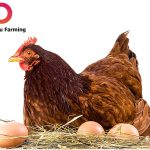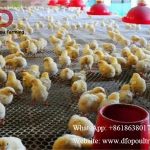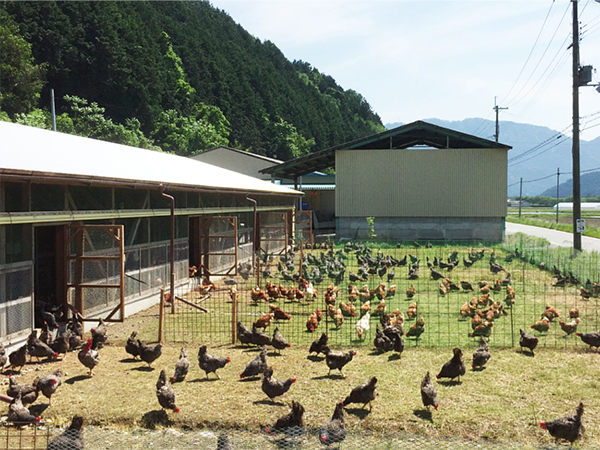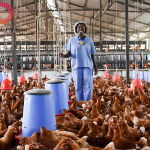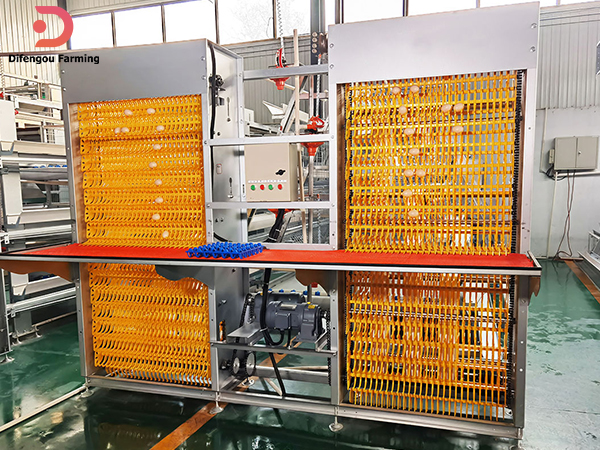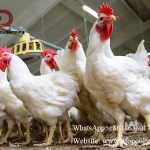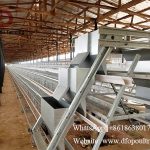Key Focus Areas for the First Ten Days of Chick Rearing Management in Lagos state
Temperature Management:
During the chick-rearing process, temperature regulation is crucial. Heating is mainly achieved through stoves and heat lamps. However, this method can result in uneven temperature distribution within the poultry house, with lower temperatures in areas far from the heat source and higher temperatures near it.
A temperature difference of 5 degrees Celsius within a poultry house is normal. A large temperature difference can lead to chilling and diarrhea in chicks.
It is essential to preheat the poultry house adequately. When rearing chicks, instead of solely relying on temperature readings, observe the distribution of the chicks and adjust the temperature accordingly.
Water Supply:
In the early stages, when chicks have a lower feed intake, it is recommended to provide them with clean, cool water. This promotes intestinal health in chicks more effectively than any medication.
Salmonella Prevention:
Most hatching eggs for indigenous chickens come from rural sourcing or from maintaining breeding hens without strict disease control measures. This leads to a high risk of vertically transmitted diseases, with Salmonella being the most common in chicks.
Nutritional Oversupply:
During the first month of brooding, chicks are typically fed with broiler or layer complete feed, which is formulated based on the growth characteristics of broilers or layers. However, these nutrients may be too rich for the chicks to fully absorb.
Excessive unabsorbed crude protein can burden the chicks’ kidneys and lead to a condition known as the “pasty vent.” To reduce the digestive burden on the chicks, a small amount of crushed corn can be added to the feed to lower the protein content.
Gizzard Myopathy and Coccidiosis:
Gizzard myopathy is a disease that must be prevented during the first 10 days of brooding, regardless of breed or region.
This disease can impact chicks’ feed intake, resulting in growth suppression and size variation among the chicks, ultimately affecting the overall profitability of the farming operation. Coccidiosis primarily refers to small intestine coccidiosis, which is most common between 7 and 14 days of age in chicks. The timing of onset may vary depending on the brooding system and environmental conditions, with ground-rearing systems experiencing earlier onset and cage or net-rearing systems having a lower incidence.
Farmers can implement targeted preventive measures at specific ages, such as 7 days, 10 days, and 14 days, based on the specific conditions of the chicks.

